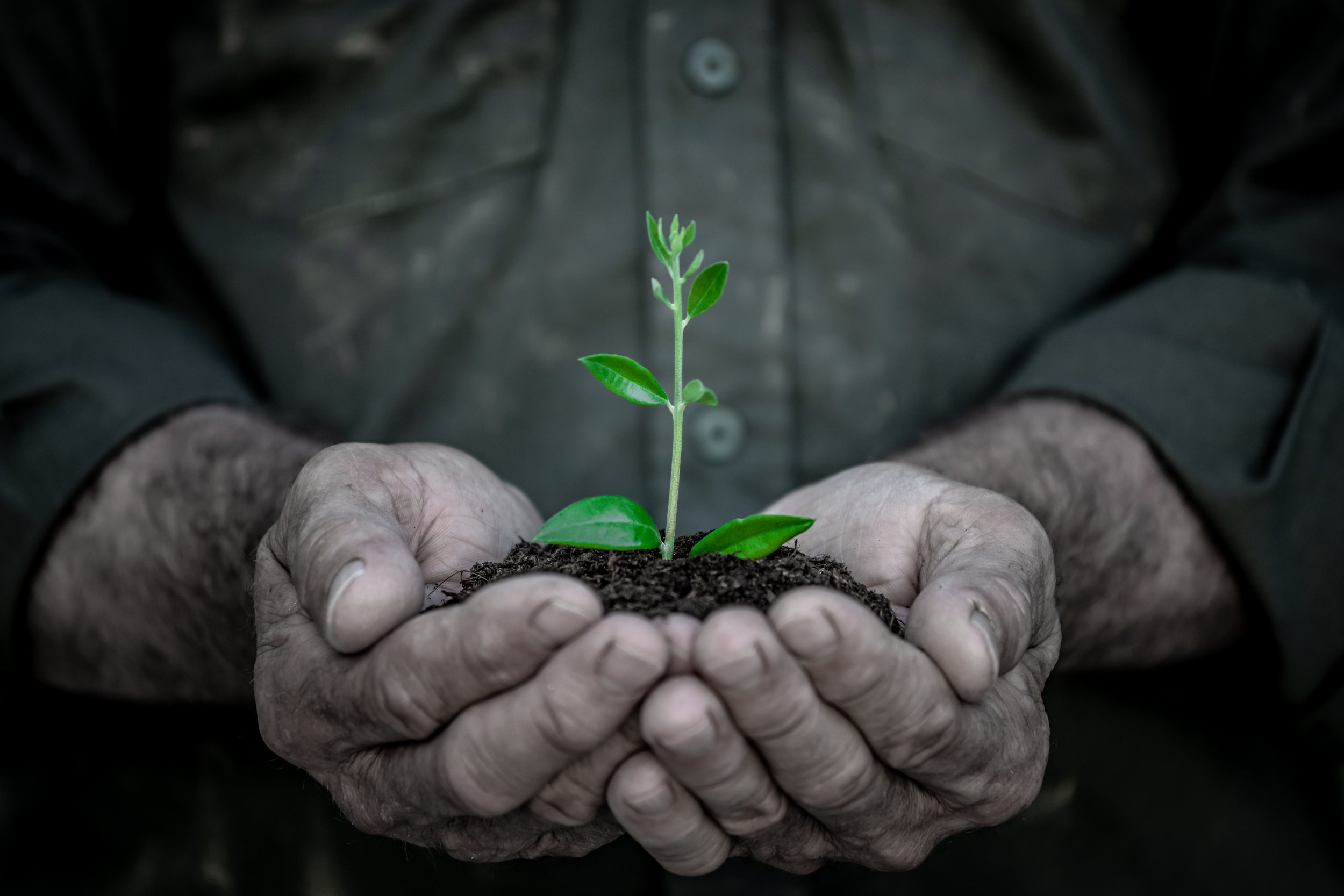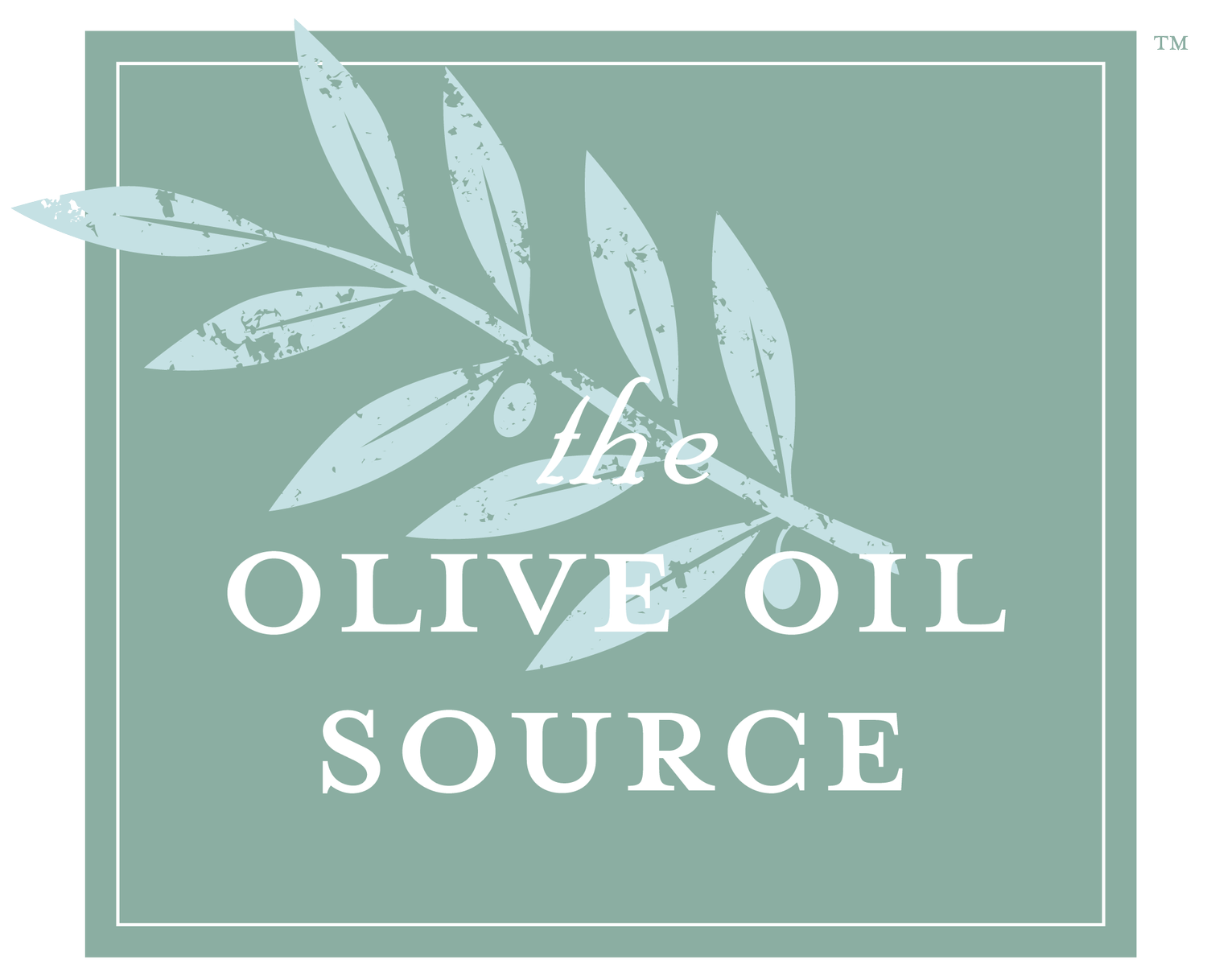
Olive Tree Planting
For more in-depth information, we recommend the article and book by Paul Vossen and the book by G. Steven Sibbett and Louise Ferguson listed in our Sources below.
Olive trees are evergreen and are sold as orchard stock in 4-inch pots (10cm) to 1-gallon (3.8l) containers, generally not as bare root. For instructions on planting container trees larger than 1-gallon, as landscaping for instance, see the University of California (UC) publication on Planting Landscape Trees.
4-inch potted trees are normally 18 to 24 inches tall with numerous side branches. 1-gallon sized trees are usually 4 to 5 feet tall with a single trunk and branching starting at about 3 feet. Trees larger than this have often been kept in their containers too long. They are frequently root bound and not actively growing. Ideally, trees should be actively growing so that, after being transplanted in the orchard, they will continue to grow without interruption. Actively growing trees have new, soft growth at the end of shoot tips.
WHEN TO PLANT
When is the best time of year to plant olive trees? Planting olive trees in the fall will get them settled in the soil and usually results in the best growth spurt the following spring, but frost can be a problem. Young container-grown trees are very susceptible to frost damage during the first winter, so fall planting is more risky and should be done only in areas with little danger of temperatures below 30°F (-1.1°C). Most growers wait until the spring, April or May, when the danger of frost is past. In areas where winter cold is a concern, planting the trees as early as possible after the last expected frost date gives them the maximum amount of time to acclimatize before the following winter. Plantings made in the hot mid-summer months are more difficult to establish and growth is mediocre the first year.
HOW TO PLANT
There are, of course, many ways to plant an olive tree and not all the experts completely agree on which method is best. What we recommend below is mainly based on the recommendations from the leading expert in California, Paul Vossen.
Dig the planting hole about the same size as the container.
Remove the tree from its container and examine the roots. Untwist or cut any circling roots, but otherwise disturb the root ball as little as possible.
Before planting, the tree should be well watered.
Place the tree in the hole slightly higher than ground level and place about one inch of soil from the surrounding area on top of the root ball while building up the grade slightly with the original soil from the hole and some surrounding soil.
Most experts recommend not adding large quantities of organic matter or soil mix, compost, or fertilizer to the planting hole, because it can create an artificially good growing medium. The tree has to grow out into the native soil; adding a nice soil mix to a large hole, even when mixed with native soil, may create a potted effect (the roots will continue to grow in a circle) and limit root growth out into the native soil.
Do not add gravel or place perforated tubing under the planting hole. This actually reduces drainage and can make a poor drainage problem worse.
Weed control is extremely important to newly planted young trees for the first few years. There should never be any competition within 3 feet of young olive trees. Use fabric mulch, organic mulch, coarse straw, frequent mechanical cultivation, hand hoeing, herbicides, flaming, or whatever is needed to eliminate weeds within this radius.
Place drip irrigation emitters right next to the tree trunk if planting in the late spring when weather can get hot. The newly planted trees should be irrigated daily right next to the root ball, throughout the summer. The following year, the emitter should be moved away from the trunk at least 24 inches. A second emitter should be added to each tree, no closer than 24 inches as well. With fall planted trees, the emitters can be placed 24 inches from the tree in the spring.
Mini sprinklers should ideally be placed to wet the area between the trees without wetting the tree trunks. They should be run long enough to wet down about 2 feet (usually applying about 4 inches of water). Place some empty cans under the mini sprinklers to determine their application rate. Most mini sprinklers apply about 0.10 to 0.20 inches of water per hour, so they would have to run approximately 20 to 40 hours to apply 4 inches of water.
Begin irrigating the trees as soon as the soil becomes slightly dry. Drip-irrigated trees should be watered every day for about an hour during the summer months. Mini sprinkler- irrigated trees should be watered about twice a week. Once the trees become more established, the irrigation frequency and duration can be modified.
Fertilize newly planted trees only after good growth begins in the spring. Place the nutrients directly below or through the irrigation system. The trees mainly need some nitrogen. Use compost, conventional fertilizers, or concentrated organic fertilizers.
Mulching helps to conserve water, cool the soil, and reduce weed growth. The best mulches to use are those that contain plenty of nitrogen and other nutrients to feed the tree. These include lucerne, soya bean and pea hay. Keep the mulch 4"-6" away from the base of the trunk to allow the tree to breathe. As the mulch decomposes over a period of time, the nutrients are transferred into the soil by earthworms, rain and microorganisms.
Train the trees as little as possible the first four years, only the minimum to achieve tree form. Most trees in the open center form should only have their trunk cleared of side branches below 3 feet and suckers removed. In the fourth to sixth year, the trees are shaped in their ultimate form. Removing too much growth through excessive pruning on young trees can significantly stunt the tree’s growth and delay production.
STAKING
There is not too much to staking trees. It is preferable to avoid staking, as it reduces trunk strength and costs money. If you have to stake, one stake is preferable to two. If you are farming organically, make sure not to use pressure treated stakes. If winds or other factors require staking in your area, guidelines are as follows:
Usually the stakes are located 12” to 18” from the trunk of the tree. If you are planting more mature trees, you want to avoid driving the stake into the root ball. The stakes, whether single or double, should be aligned with the trunk of the tree in the direction of the prevailing wind. If you are single staking your trees, the stake should go upwind of the trunk of the tree in the direction of the prevailing wind. If double staking, stakes should be symmetrical. Frequently, winds will reverse in storm situations, which is the only reason to double stake unless you are in an area with very erratic winds.
Tree ties can be purchased and are usually strips of tire. There are also ties manufactured for the purpose, and you will often see old drip tubing reused for tree ties. Where you place the tie or ties will depend on the shape you have chosen for your trees, as well as how windy it is. Regardless of where you place them, they will strip off foliage, as the tie will slide up and down the trunk as wind velocity changes. Keep this in mind when the trees are young because you do not want the vagaries of wind to determine your tree shape. Similarly, ties should be checked on occasion to see if they are damaging the bark as you do not want to provide openings for disease or pests. You can loop twine through the tie and a large branch to limit the vertical motion of the tie up and down the trunk as wind changes, but this is usually unnecessary.
SOURCES
G. Steven Sibbett and Louise Ferguson: Olive Production Manual, University of California.
Paul M. Vossen: Organic Olive Production Manual, University of California.
Paul M. Vossen: Planting Olive Trees.
Santa Cruz Olive Tree Nursery: Planting and Growing Information.
